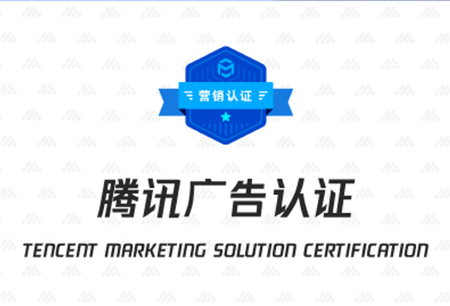About Markerita.
At Markerita, we help overseas brands navigate the complexities of the Hong Kong and China markets. Just as a Margarita blends various ingredients for a refreshing cocktail, we offer tailored marketing solutions to meet our clients' unique needs. Our experienced team provides comprehensive support, including market entry strategy, localization, distribution, marketing, and regulatory compliance.
With a proven track record of serving over 2,000 SMEs and brands across diverse industries, we have successfully guided clients from Europe, North America, and Southeast Asia into these rapidly growing markets.
Partner with Markerita to unlock new business opportunities and achieve maximum advertising returns in Hong Kong and China. Let us help turn your brand vision into reality!
Recognitions and Certifications.

Tencent Marketing Solution Certification

Yahoo! Search Marketing GOLD Authorized Reseller
Gold Verified

Gold verified service company on
Hong Kong Trade Development Council (HKTDC)
"From the very beginning, your team demonstrated a deep understanding of my goals and objectives, and youdeveloped a tailored digital marketing strategy to meet and exceed my expectations. "
A Bank from Singapore
"You can always clearly understand our needs and provide solutions promptly. The quality of service delivered reflects the high standards and values your company upholds."
A Fashion Brand from Germany
"Your expertise in Chinese digital platforms, such as Xiaohongshu, Douyin, WeChat and Weibo, has played a crucial role in expanding my brand's reach and engagement among Chinese consumers."















